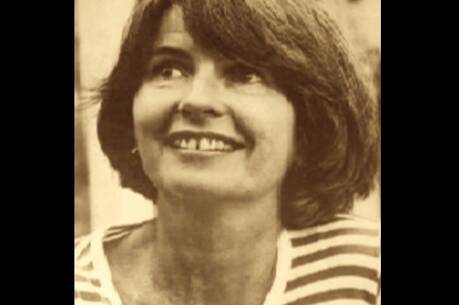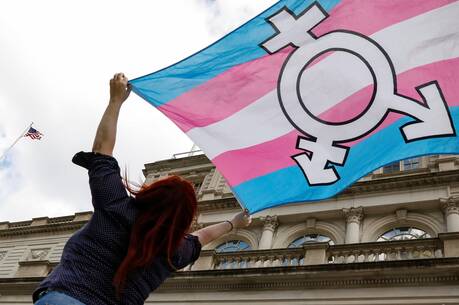If ever there was a city of parades, it is New York. Working at America House, just a block from Fifth Avenuethe parade route par excellenceI occasionally walk over to watch. The biggest and oldest Fifth Avenue parade of all takes place on St. Patrick’s Day. March 17 this year fell on a Saturday, so the crowd was larger than usual when I arrived at a spot almost opposite St. Patrick’s Cathedral. Cardinal Egan and various other dignitaries were assembled on the broad porch of the cathedral, as soldiers, police officers, high school marching bands and just plain folks made their way up the avenue. It was the kind of national heritage parade that is common on this particular route a dozen times a year.
By way of contrast, surely the smallest Fifth Avenue parade is one that takes place shortly before Christmas: the yearly Candlelight Vigil and March to End Child Labor and Sweatshop Abuses. It has nothing to do with national heritage, but is meant instead to stir the conscience. The event is described, in fact, as part of what organizers call the Annual Holiday Season of Conscience. Timed to coincide with the height of the shopping season, last December’s was the fourth of its kind, and most of the participants were an ever-growing number of high school and college students, intermixed with sprinklings of middle-aged people representing groups like UNITE (Union of Needletraders, Industrial and Textile Employees) and the United Farm Workers. The vigil and march are organized to draw attention to human rights abuses that take place in sweatshops around the world, where workersmost of them women and childrenare ill paid and ill treated as they assemble clothing and other products for giant companies like Nike, Gap and Disney.
According to the New York-based labor rights advocacy group, the National Labor Committeeone of the organizers of the marchwomen in China are virtually locked in a factory 12 hours a day, where for wages of 20 cents an hour they make Nike sneakers that sell here for $135 a pair. Women who make Disney toys in China earn only 13 cents an hour. One of the marchers, dressed as Minnie Mouse, carried a placard that said, Stop Disney Sweatshops. In another part of the globe, Nicaraguan women are paid just 20 cents for a pair of Kohl jeans that sells for $30. Efforts to organize unions often result in firings.
Appropriately, the march’s starting point was in front of Niketown, the huge new emporium for Nike products just off Fifth Avenue on 57th Street. Volunteers passed out small candles in clear, wind-shielding plastic cups as the marchers got underway and merged into the avenue to the chant of Hey, hey, ho, ho, Sweatshops have got to go!a cry all but lost in the roar of rush-hour traffic on an already dark weekday evening. Police officers herded the marchers into the lane nearest the curb as we moved south toward Rockefeller Center. We passed the Disney store, but also shops that represent the kind of conspicuous wealth for which Fifth Avenue is famous: Cartier, Gucci and Salvatore Ferragamo. Their elegant exteriors offered a strange contrast to our ragtag group.
When we arrived at Rockefeller Center, the plaza itself was ablaze with the lights of its towering Christmas tree and thousands of other lights that all but drowned out the marchers’ tiny candles. This humble parade, however, takes place annually in the midst of such glitter and affluence precisely to remind us of the harsh lives of workers whostruggling in abusive conditions for non-liveable wagessupply us with products emblematic of our consumer economy. University and church groups have increasingly spoken out against sweatshop abuses. Last spring Cardinal Francis George of Chicago announced that his archdiocese had joined a growing anti-sweatshop campaign, and that similar efforts were being made in other archdioceses. These reinforce the work of groups like the National Labor Committee (www.nlcnet.org) that urge us to extend what they call the Holiday Season of Conscience to last year-round.







